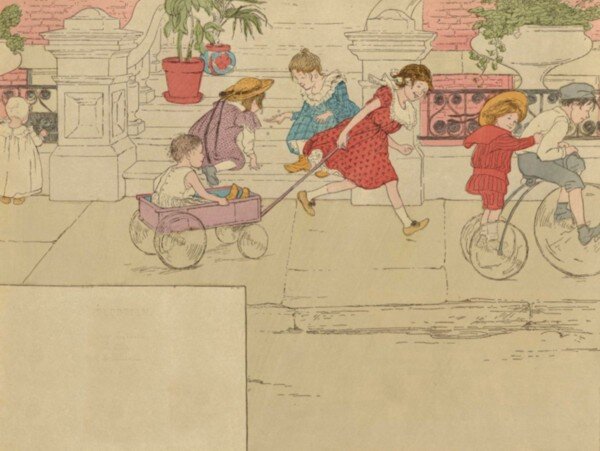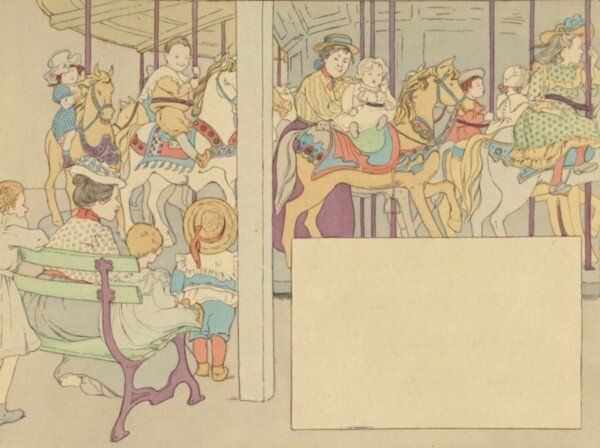Crocheting Again
/I learned to crochet early on, probably when I was about 10 years old. My grandfather taught me! He didn’t crochet himself, but he read the instructions and taught me the basics. I can remember the setting: on the couch in his living room as my grandmother looked on. It was several years after the accident that had caused one of his legs to be amputated; he wore a prosthesis (primitive by today’s standards). My memories of him before the accident are vague, but I remember his interest, attention, patience, and kindness to me and my sisters all the years afterward. As I’ve started up crocheting again…thinking about how I learned…I realize that I was the only grandchild that he saw all the way to adulthood.
I don’t remember anything I made early on…I picked up crocheting again when I travelled with Up with People my junior year of high school. There was a lot of time on the bus between shows. I made slippers to use for rehearsals (wore them out very quickly), a hat and scarf. The hat and scarf were dark blue to match one of the colors from the tweed coat I wore then. I still have them but haven’t worn them in a long time. I tried on the hat and discovered that the yarn had degraded somewhat…making it less stretchy, too tight to be comfortable.
I made crocheted stars for Christmas tree ornaments in white shortly after I married…and then in red more than a decade later.
In my early thirties and before I had my daughter, there was another burst of crochet activity. I made some yellow dollies. I don’t remember why I chose the color! Around the same time, I was still making my own blouses for work and crocheted ecru or white pieces to sew into the neckline. I remember being very pleased with the results and wish I’d saved the crocheted part when the blouse fabric wore out.
I also made three crocheted scarves in red and green (wore them together for Christmas then separately at other times) and variegated pink with black. I’m not sure when I made them…probably about 20 years ago since I remember wearing them during my career and I’ve been post-career for over a decade.
Now – I am crocheting again. My initial project is to make a series of cotton scarves to keep the sun off the scar on my neck so that I don’t need sunscreen all the time while the scar fades. So far, I have made ecru and black scarves…am working on a white one. Light green and turquoise crochet threads have been purchased! It feels good to be crocheting again and making something that fits my need (cotton, colors, length) exactly.
Another aspect that pleases me about this new crochet project is the wooden bowl that was given to me in the 1970s by a friend I’d known all my life. I hadn’t used it for salads since its finish was damaged, but it is the perfect size and shape to hold the thread and my project….and reminds me of the good experiences I had growing up with her.
Through all the years and projects – crocheting has been an activity that I can do some deep thinking while making an item I need. Maybe that’s why I restart crocheting all over again.




























































































